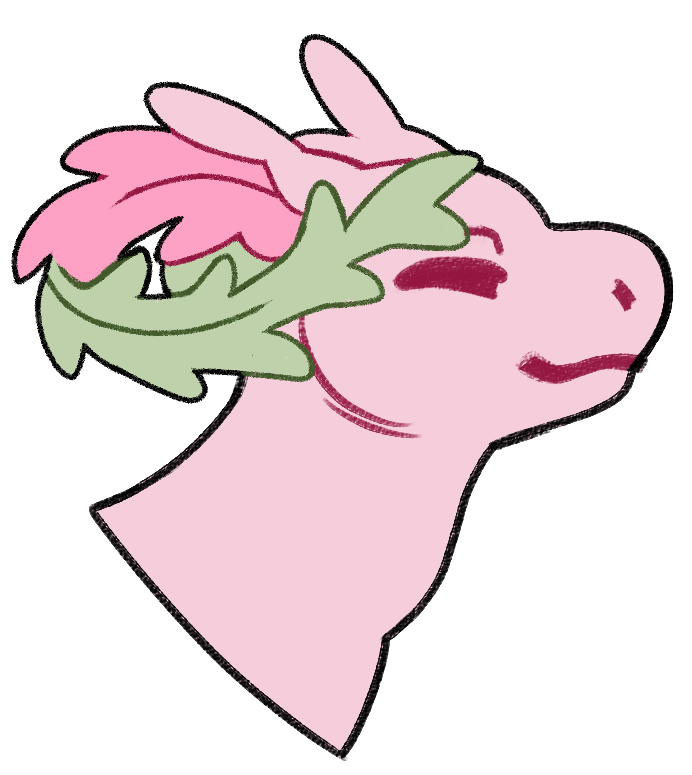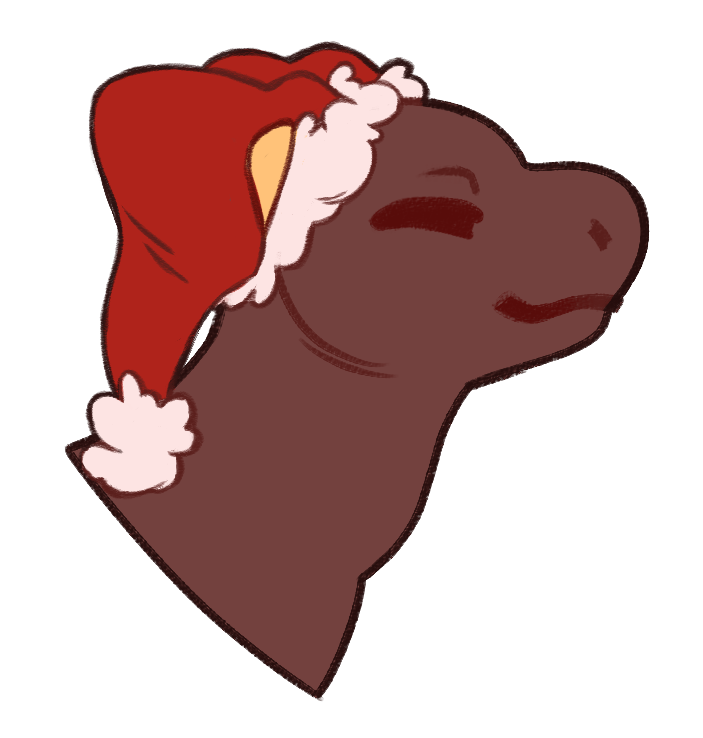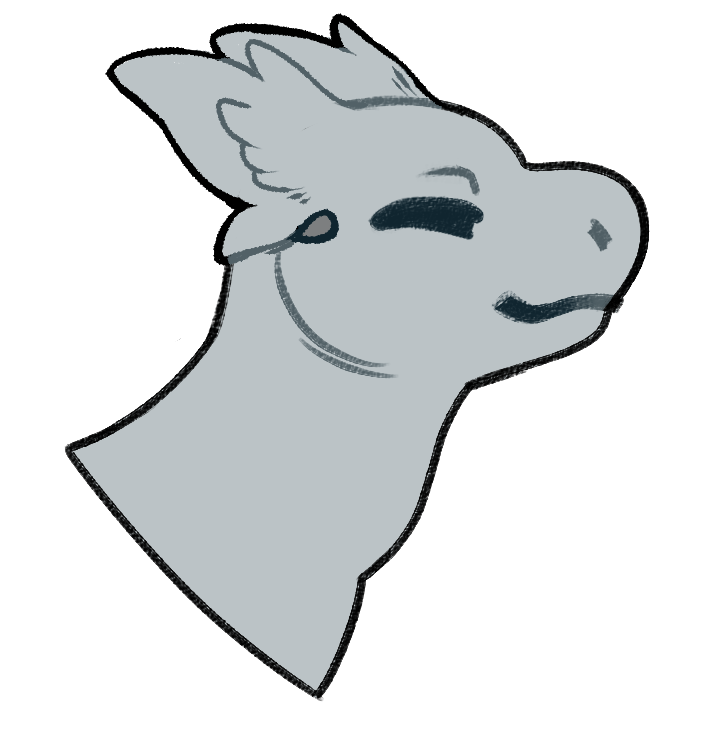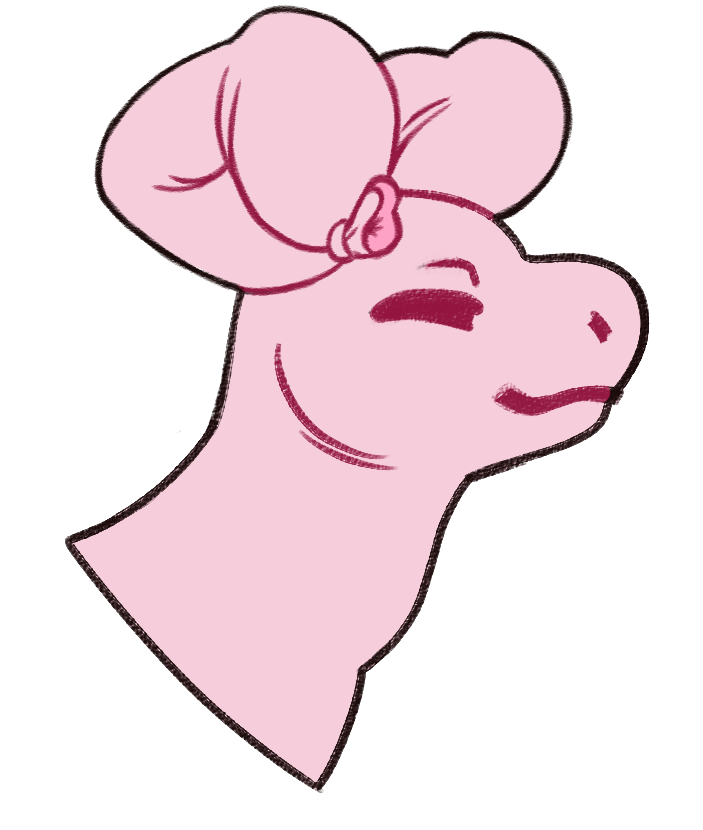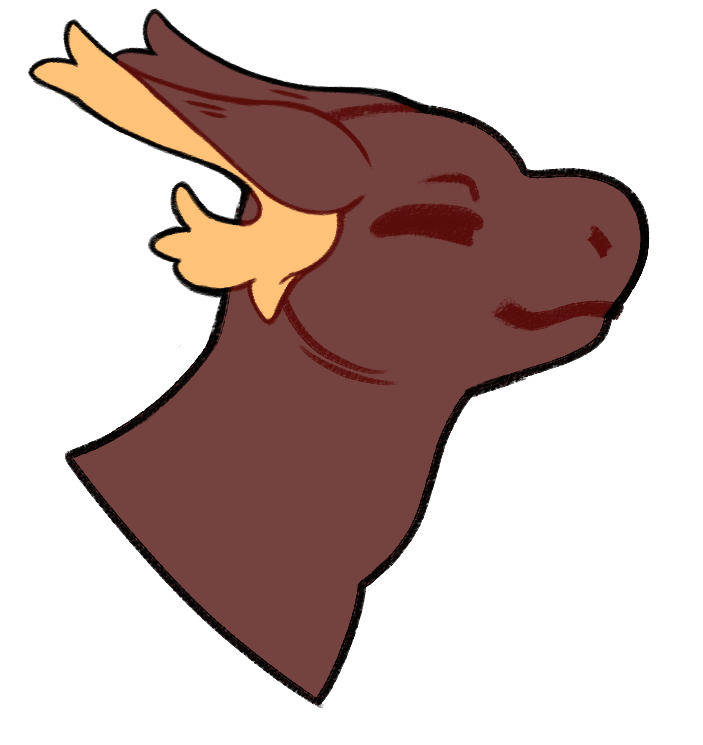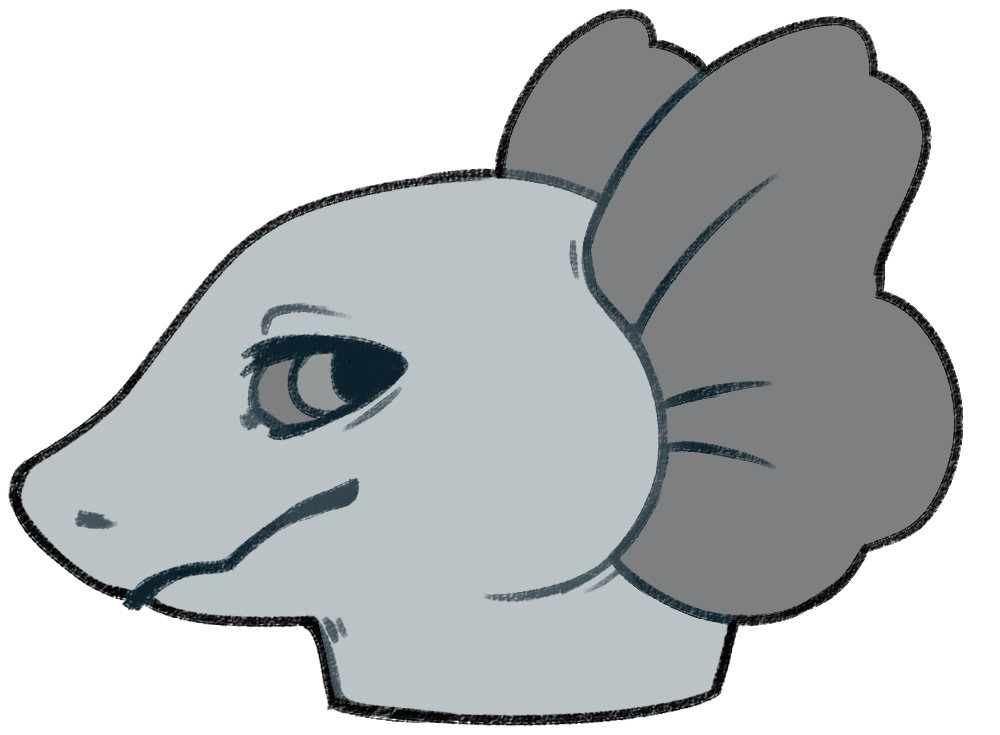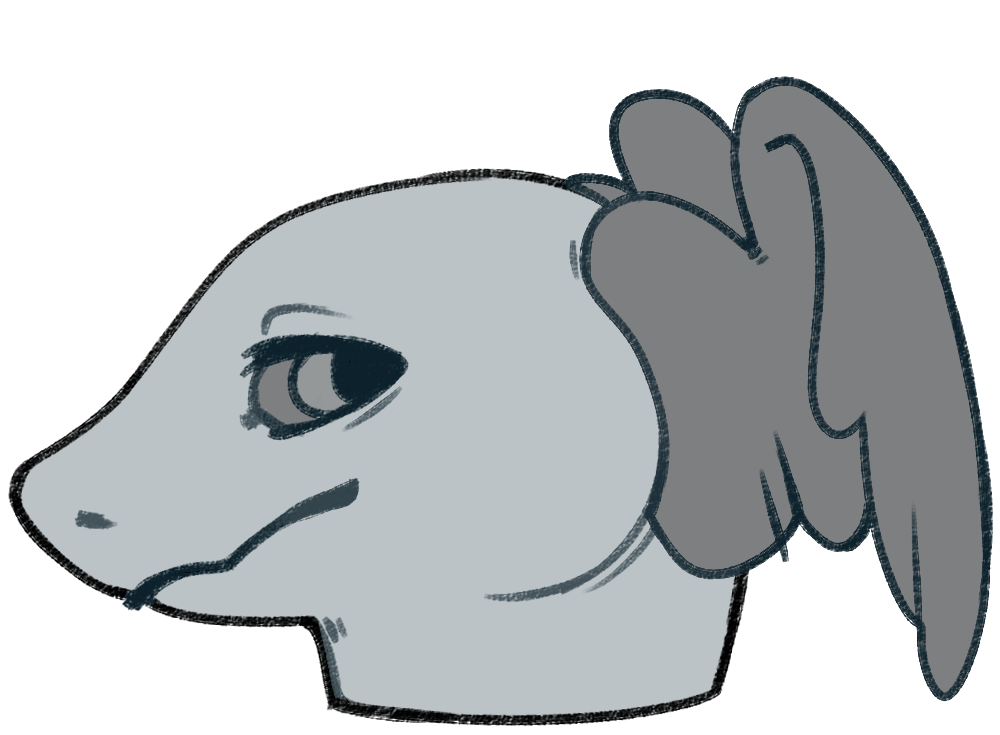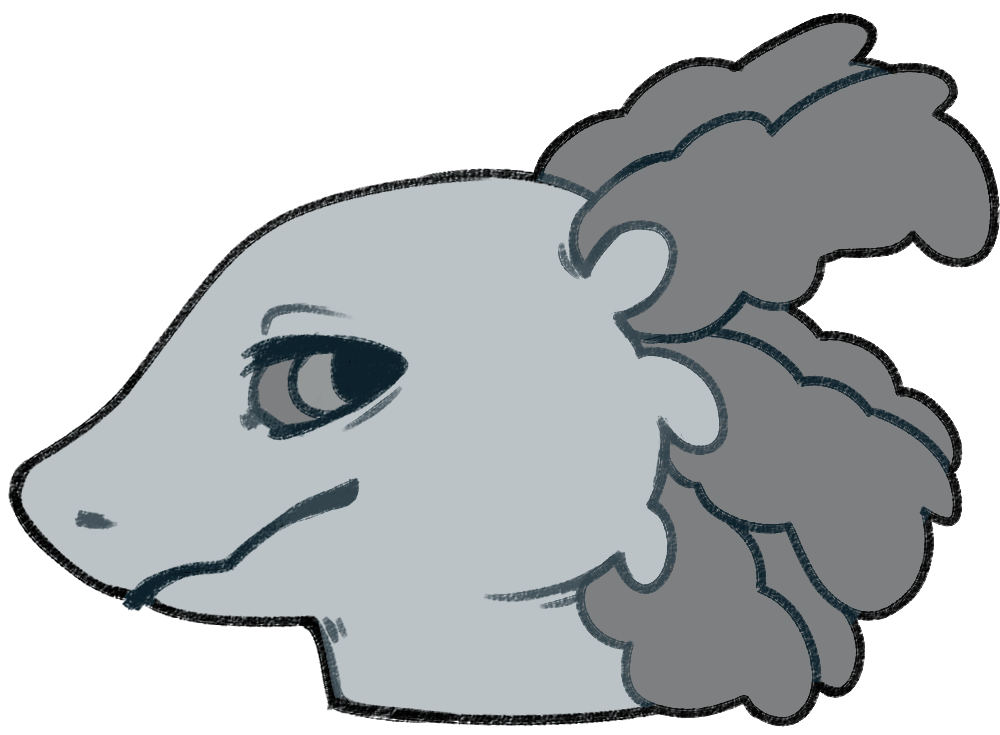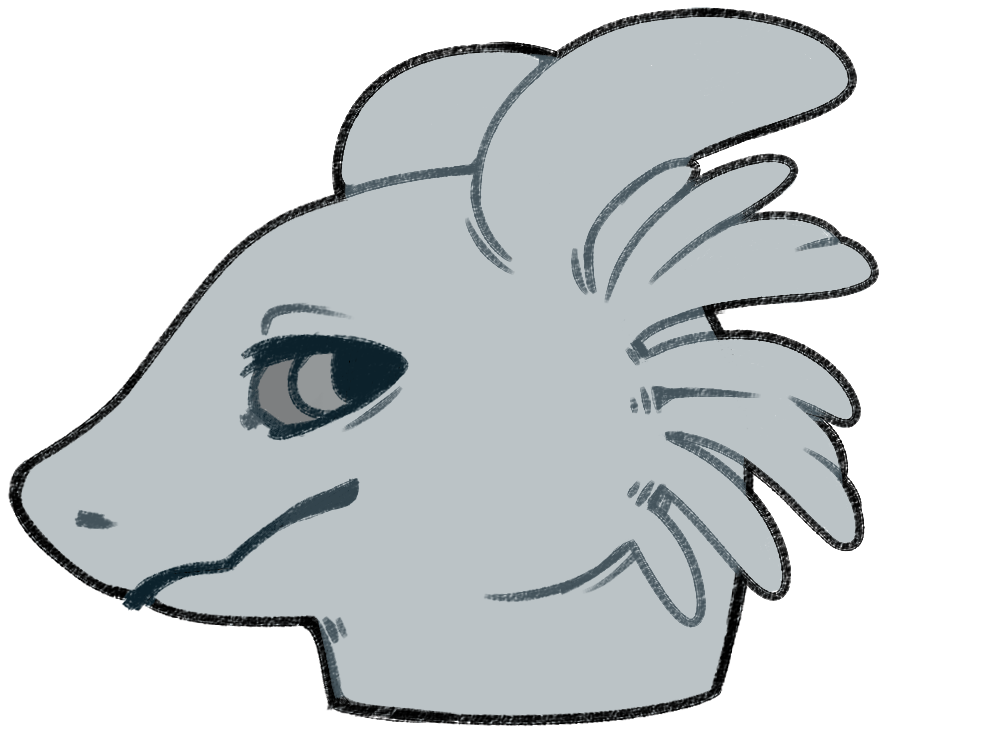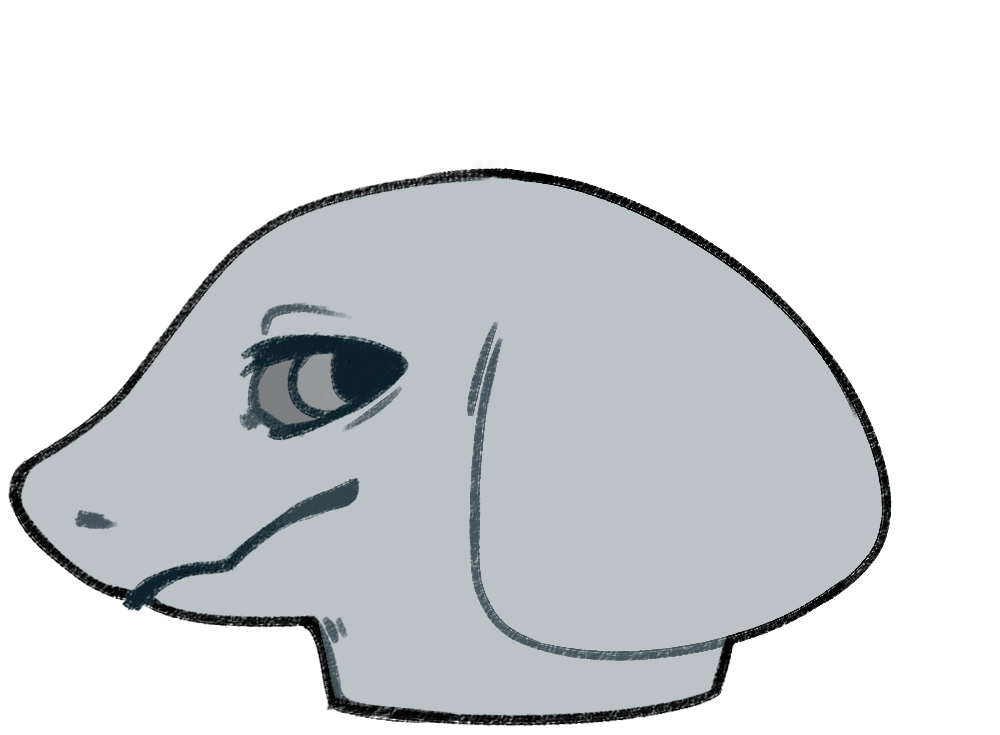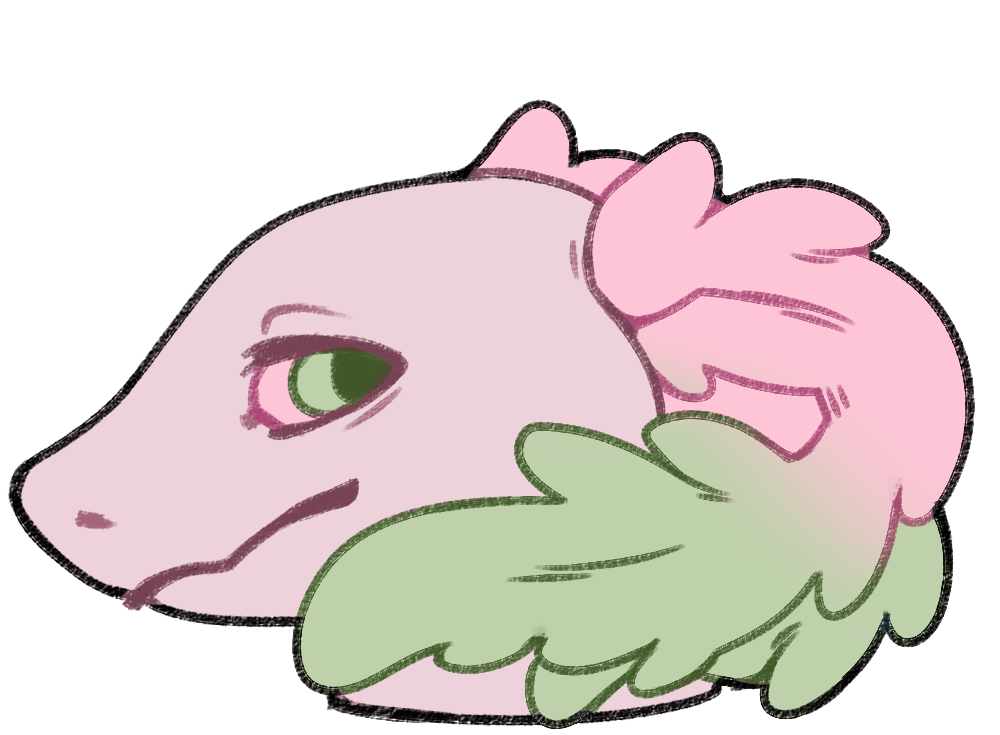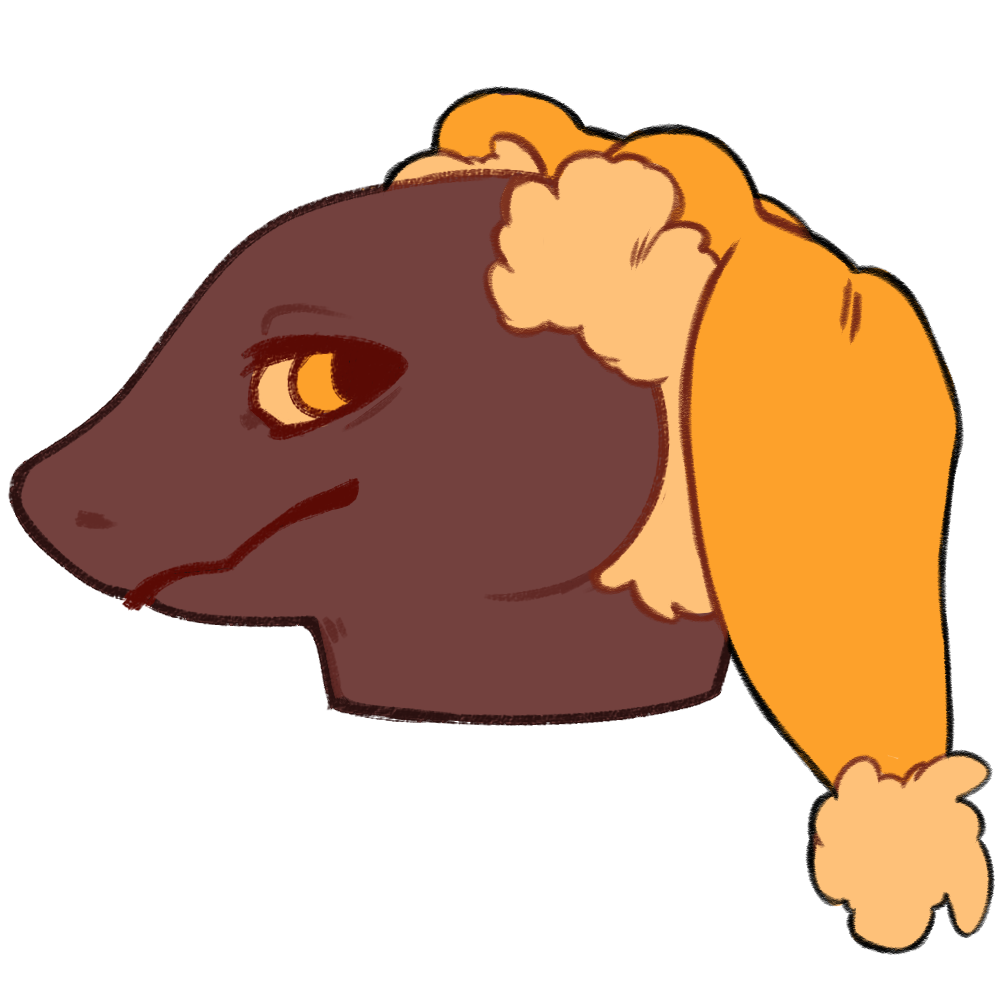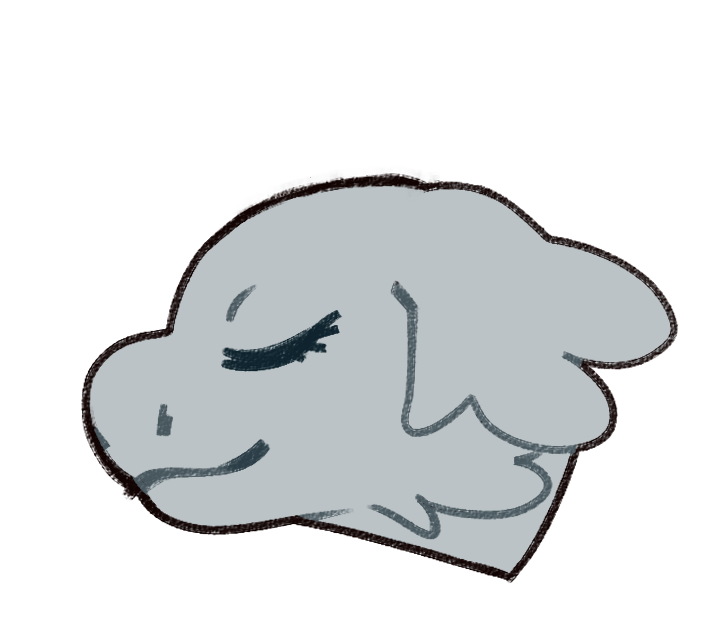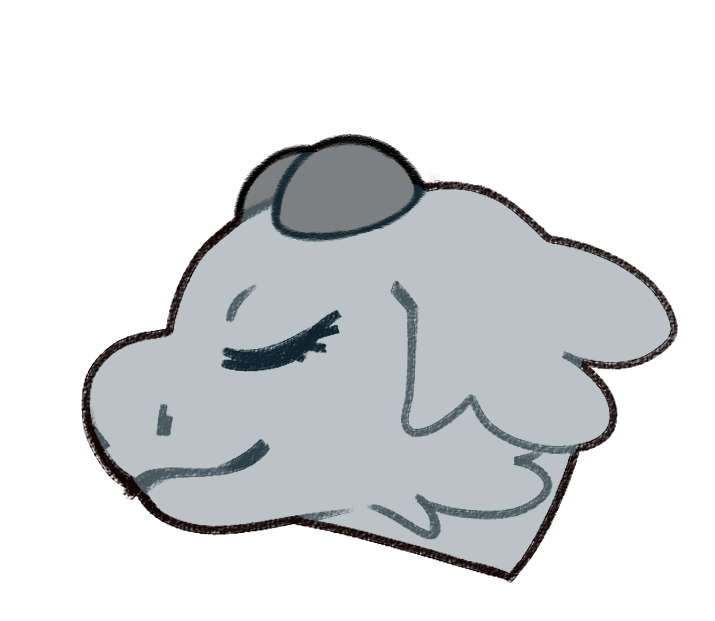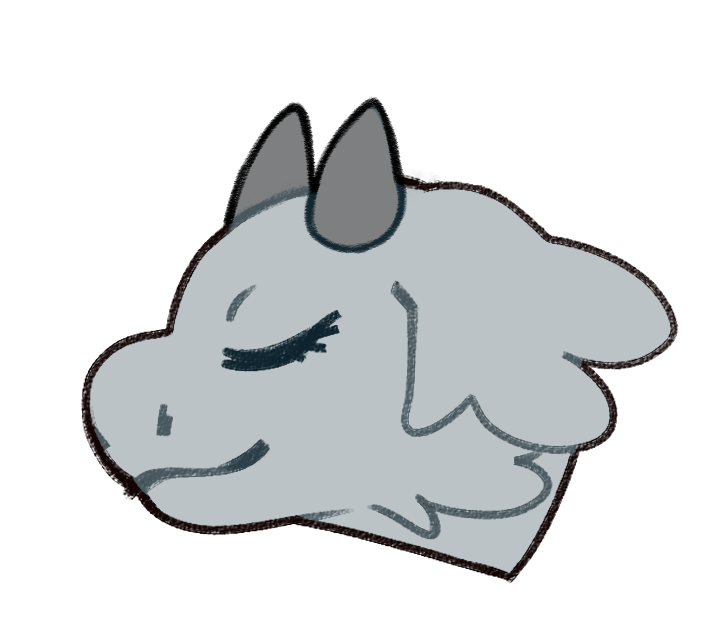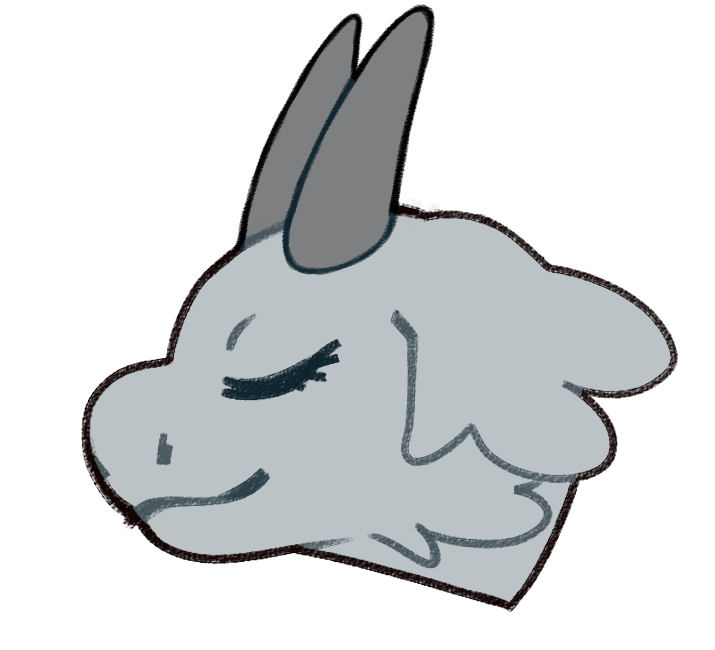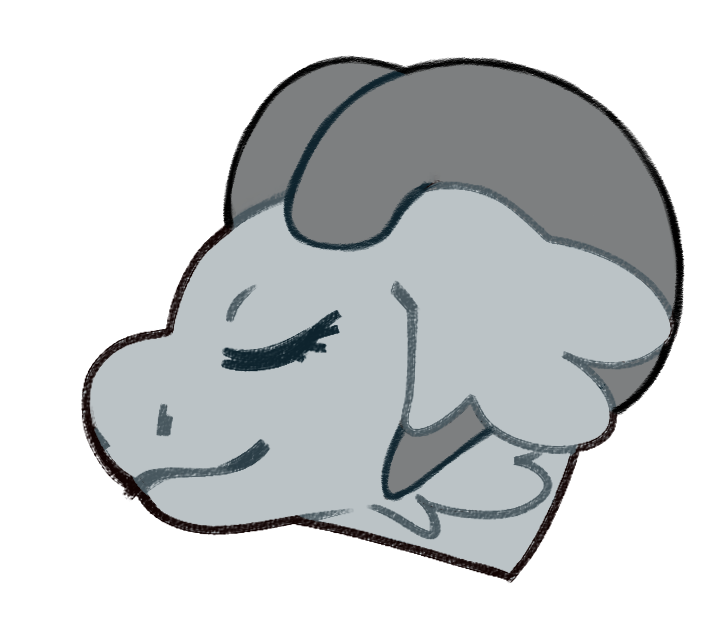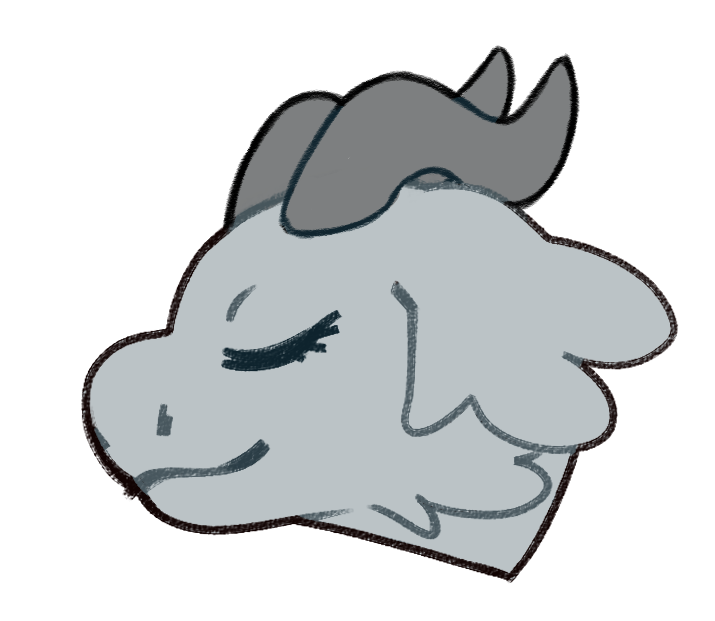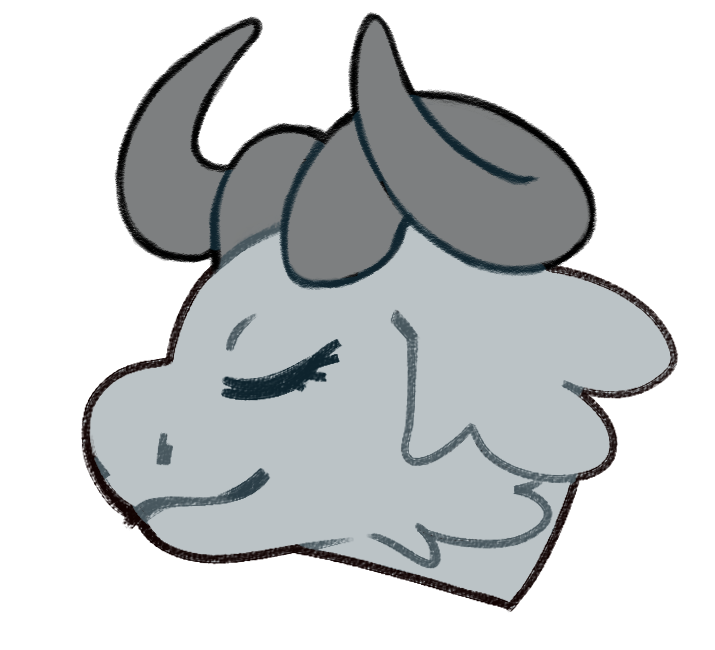Traits
Vitae Ears (Spring)
These ears resemble various types of plants both aquatic and on land; they often resemble stems or vines with plant life lining them.
Alternate Types Show
-
Vitae Frills (Spring)
These frills resemble various types of plants both aquatic and on land; they often resemble stems or vines with plant life lining them.
Santa Hat Ears (Winter)
This trait gives mhoats ears that visually resemble santa hats from the outside, but the inner part of the ear still displays the mhoat's goo.
Alternate Types Show
-
Santa Hat Frills (Winter)
This trait gives an aquatic mhoat frills that resemble santa hats, while these frills are still prehensile they have a more limited range of movement compared to most. They emote more similarly to land mhoat ears, which means aquatics with these frills have a harder time communicating their emotions with other aquatics.
Tufty Ears (Mutation)
These short, feather-covered ears don't show a mhoat's goo color, unlike other ear types. These ears can emote in small ways from folding down to standing upright and rotating as the mhoat wishes.
Alternate Types Show
-
Hooty Ears (Mutation)
Species: Vabbits
These short, feather-covered ears have a completely covered inner ear and can emote in small ways from folding down to standing upright and rotating as the mhoat wishes. They tend to resemble the tufts seen on owls and other birds.
Balloon Ears (Spring)
Mhoats with this ear trait form long, ears that resemble balloons, which can be shaped into a variety of shapes that resemble various balloon animals and other such creations.
Fluffy Elven Ears (Winter)
This unique winter variation of elven ear is exceptionally fluffy and has a hooked, candy cane-like shape.
Pretzel Ears (Mutation)
Mhoats with this ear type form ears that can resemble a variety of pretzels be they classic, knots, braids, and so on. These ears are entirely made of goo and may even have little salt-like additions whose colors can fall into the grayscale range.
Alternate Types Show
-
Pretzel Ears (Mutation)
Species: Vabbits
Vabbits with this ear type form ears that can resemble a variety of pretzels be they classic, knots, braids, and so on. These ears tend to have very little of the inner ear showing, usually only forming as small holes in spaces where the pretzel overlaps itself to form the shape, to the point that multiple small openings can form to display the inner flesh color. Additionally, these ears form little salt-like deposits resembling the salt often found on pretzels.
Fishy Frills (Standard)
This trait encompasses simple frills that resemble fish fins of any kind. All frills tend to be semi-prehensile and allow an aquatic mhoat to easily express themselves without words when underwater.
Shaped Frills (Standard)
These frills come in various shapes that tend to be single connected shapes that resemble various things such as wings, cat ears, etc.
Axolotl Frills (Mutation)
These frills are made of multiple sets of individual frills that resemble axolotl gills.
Nudibranch Frills (Mutation)
This type of frill is a solid set of tendrils that don't display the mhoat's goo color and resemble various types of nudibranch feelers. These tend to be less expressive than other types of frills, which can make it hard for other aquatic mhoats to understand non-verbal cues from mhoats with this trait.
Dumbo Frills (Mutation)
Non-goo frills with a limited range of movement that resemble squid or dumbo octopus flaps. They emote more similarly to land mhoat ears, which means aquatics with these frills have a harder time communicating their emotions with other aquatics.
Vitae Frills (Spring)
These frills resemble various types of plants both aquatic and on land; they often resemble stems or vines with plant life lining them.
Santa Hat Frills (Winter)
This trait gives an aquatic mhoat frills that resemble santa hats, while these frills are still prehensile they have a more limited range of movement compared to most. They emote more similarly to land mhoat ears, which means aquatics with these frills have a harder time communicating their emotions with other aquatics.
Hornless (Standard)
Mhoats with this trait don't form any horns at all.
Alternate Types Show
Nub Horns (Standard)
Mhoats with this horn form very short stubby horns that form a little dome shape.
Spike Horns (Standard)
Mhoats with this trait form short spike-like horns and are one of the more common types of horns seen among mhoats.
Alternate Types Show
-
Spike Horns (Standard)
Species: Gellys
Gellys with this trait for a pair of short pointy horns that sit on the crown of the head.
Gazelle Horns (Standard)
These long upright horns are a simple and common horn type seen among mhoats.
Ram Horns (Standard)
This horn type gives a mhoat large horns that sweep back from the crown of the head and spiral back and under the mhoats ear.
Curved Horns (Standard)
Mhoats with this horn type form curvy horns that can either sweep back from the crown or curve forward in a variety of appearances.
Alternate Types Show
-
Curved Horns (Standard)
Species: Gellys
Gellys with this trait form a pair of large curved horns that sit on the crown of the head.
Bull Horns (Standard)
This type of horn extends out from the side of the head and can be either curved or extend straight outward.
Alternate Types Show
-
Coiled Horns (Mutation)
Species: Gellys
This fanciful horn trait allows a gellys to have a pair of horns that coil and twirl in on themselves in a variety of unique shapes.
